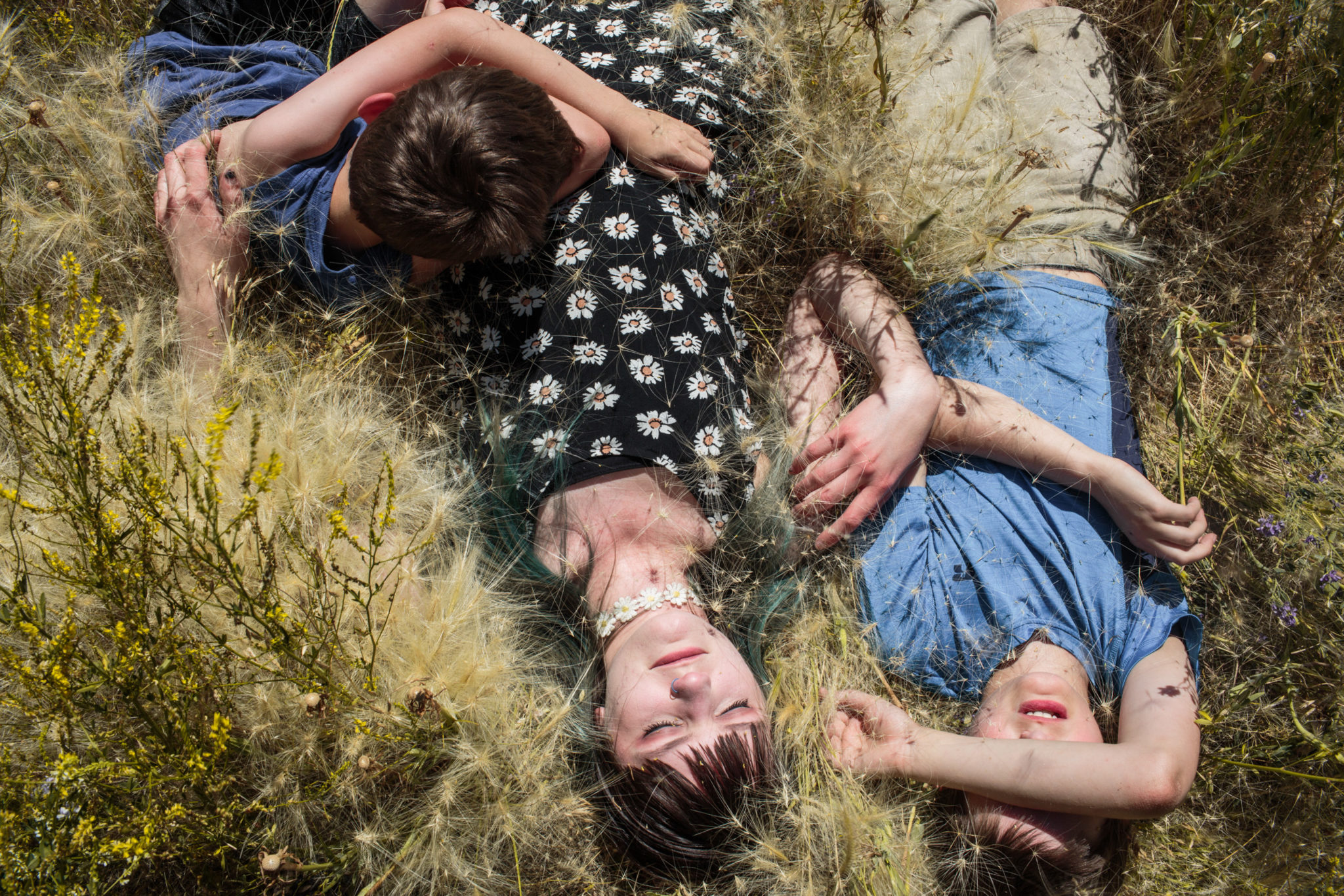Last Updated on 08/10/2018 by Mark Beckenbach
All images by Sarah Blesener. Used with permission.
For photographer Sarah Blesener (Instagram), photography began as an experiment into what she calls “an escape.” She started photographing those around her, namely her sister, going through an eating disorder. She’s a documentary photographer by trade who, interestingly enough, took a lot of inspiration from literature. Yes, literature; something lots of creative, surreal photographers typically draw influence from. And of course, she adores movies and film. Sarah was just named one of Adobe’s Rising Stars of Photography for 2018, and we had a moment to ask her a few quick questions about her, her work, and her future as a photographer.
Phoblographer: Talk to us about how you got into photography.
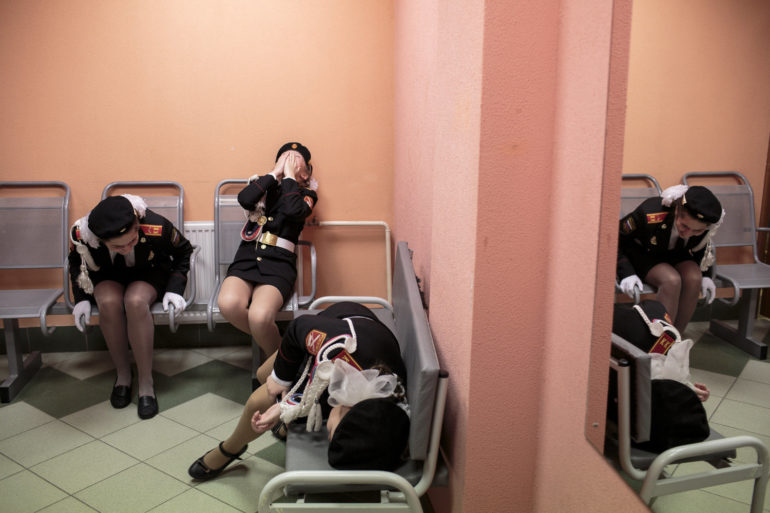
Sarah: I grew up fascinated by communication – linguistics and music in particular. Incredibly introverted, I was always interested in listening to those around me, and I think I realized early on in life how easily verbal communication fails. I found what I was looking for immediately with music and literature. As a teenager, I had a friend give me a camera and introduce me to photography. And photography became a different form of listening to those around me, a more private form. Unlike my experience with instruments, my camera became something I used in solitude as more of an escape. I began to experiment with photographing those closest to me, starting with my siblings. My older sister had been struggling with an eating disorder for a few years, and had begun to open up to me about her experiences. I decided to photograph her while she shared her feelings with me, something I was incredibly nervous to do. I was unsure how she would respond, how it would affect our relationship, and how the images would feel. However, the experience of seeing my sister through my camera, the vulnerability on both ends, was monumental for me. It was an experience that allowed me to hear her in a different volume.
I could expand on this for a long time – but this, really, is how I became truly fascinated with photography.
Phoblographer: What made you want to seriously, creatively get into it?
Sarah: There are a few factors that caused me to take my photographic practice more seriously. The first was I started to see real long-form documentary work. I saw a direct parallel from literature to this form of visual narrative, which was something I was not exposed to prior. I spent months looking at long-term documentary work, projects that visualized topics I had only read about prior. I was fascinated by visual narrative as a parallel to literature, and saw how poetry could be translated to images.
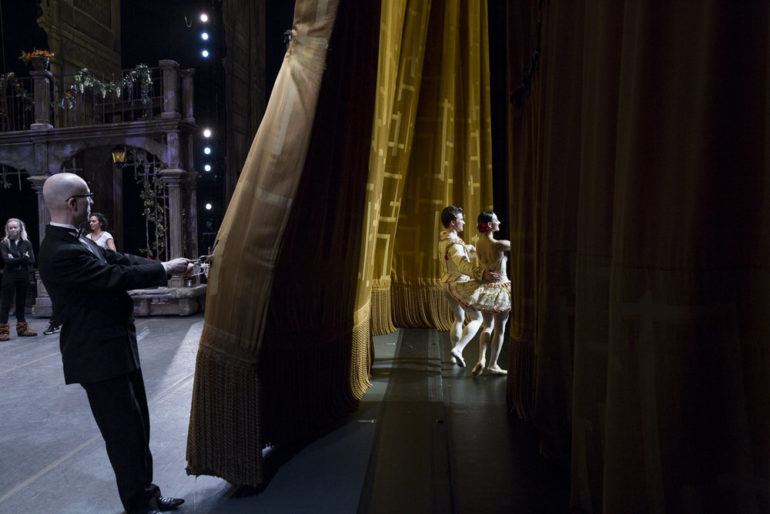
The second and most important factor was that I realized the discrepancies in my own work; simply taking good images is not enough. I had themes I was interested in, and I knew the questions I had about the world. However, I was unable to construct cohesive narratives. I felt like I had a poem all out of order, with words and symbols that didn’t connect. And I knew I wanted that connection. I had been pursuing photography mostly in the commercial world, but wanted to know if I could do the same in the documentary world. So, I decided to move to New York to attend the International Center of Photography, with the intention of focusing in on visual narratives, long-term projects and how to connect what I feel in literature to photography. Attending ICP was when everything began to change for me as a photographer.
Phoblographer: Where do you feel you pull most of your inspiration from these days?
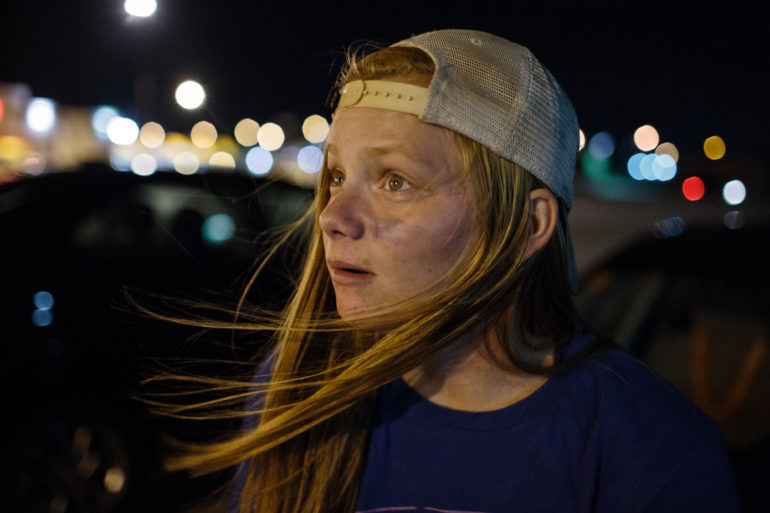
Sarah: The majority of my inspiration is generated through literature. I spend most of my time reading novels and poetry. What I love about literature is the lack of black and white boxes. Almost always, the heroes are incredibly flawed, and the villains are absolutely compelling. These complicated storylines influence my perception of narrative. Lately, I have been reading authors such as Victor Pelevin, Josef Komunyakaa, Burgess.
“However, the experience of seeing my sister through my camera, the vulnerability on both ends, was monumental for me. It was an experience that allowed me to hear her in a different volume.”
In terms of photographers whose work have recently inspired me, I haven’t been able to put down Margins of Excess by Max Pinkers. I also am influenced by work from artists such as Alec Soth, Stacey Kranitz, Matt Eich, Rose Marie Cromwell, and many others.
Oh, and films. Tarkovsky. Kubrik.
Phoblographer: Tell us about a big project that you’re in the middle of working on right now.
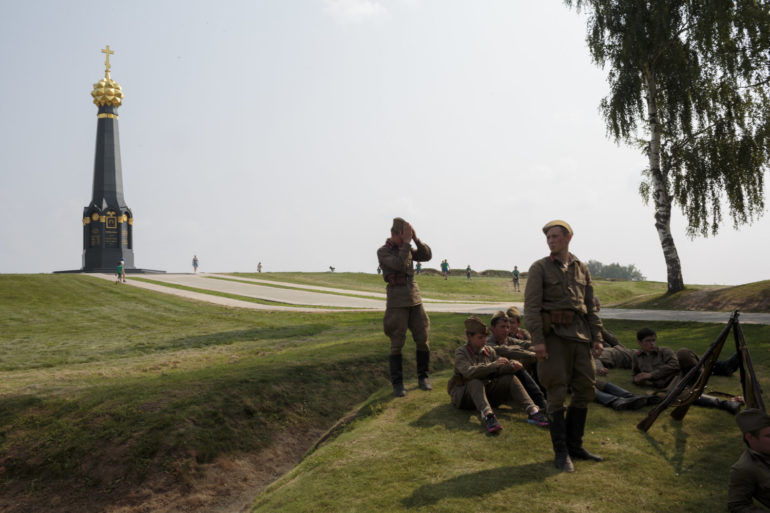
Sarah: I am currently working on a project here in the United States, examining themes surrounding the interplay of statehood and adolescent identities. I spent the last year photographing in twelve different states a variety of patriotic education programs, camps, and clubs for youth. So far, this project has led me to photograph youth training in the Border Patrol in Texas and Arizona, a constitution-based patriotic camp for elementary aged students in Utah, survivalist programs in northern Florida, to youth living on a reservation in North Dakota, and others. The aim is to really open dialogue around the nuanced and complicated ideas instilled in future generations of Americans. I’m interested in how young people are responding to our contemporary society, with all of its changes in belief systems. My aim is to also present a spectrum of views that contribute to a uniquely American narrative of patriotic ideology, but also offer counter-narratives that expand on the many contradictions that range so diversely across the country. Lifting the common and overused words such as “patriotism” and “nationalism,” we find a large theater of contributing characters such as: fear, indoctrination economics, religion, motivation.
Phoblographer: Where do you see yourself a year from now as a photographer? Got any plans?
Sarah: That’s always a tough question. I see myself continuing to work on personal projects first and foremost. However, I see myself pushing the boundaries and mediums of these projects. The next step for me is to work on printing zines and small books, and playing with the form and ways that this project is delivered. While my background is in documentary photography, I also want to experiment with more abstract ways of discussing these topics. I’m also hoping to go back to school in the future, for literature and linguistics. It’s my long, long term goal to merge
this more with my photo practice. But check back in, in a few years, when all of this is more concrete.


